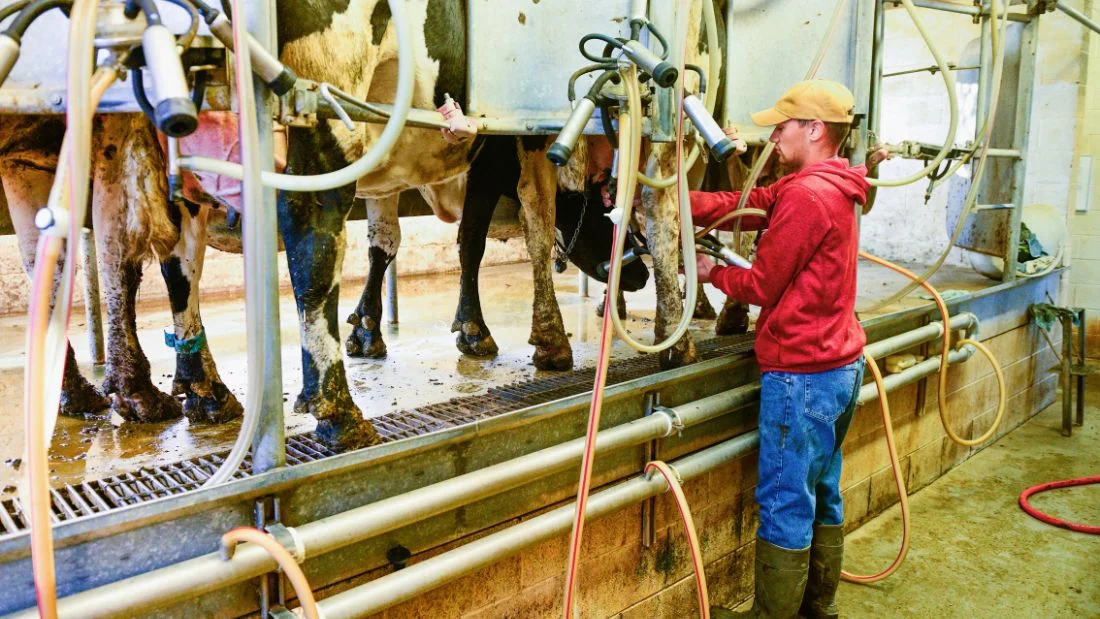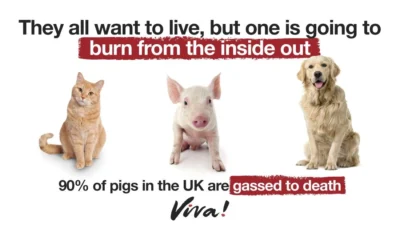Dairy farms could be ground zero for the next pandemic

Scientists reveal why bird flu spreads so easily among US dairy cows — it’s airborne!
Since March 2024, the deadly H5N1 bird flu virus has infected over 1,000 dairy herds across 17 US states. While the virus mainly affects wild birds and farmed poultry, H5N1 has also been detected in mammals such as foxes, bears, seals, cats, dogs, animals kept in zoos such tigers and leopards, and farmed animals including goats, mink and cows.
Initially, the US Department of Agriculture thought transmission occurred through contaminated milking machines, farmworkers and vehicles. However, a recent preprint study of 14 California dairy farms spanning late 2024 to early 2025 found live virus not only in milk and on milking equipment but also in the air of milking parlours and in farm wastewater. Workers often spray down floors with wastewater containing infected milk, which flows through parlour drains into manure lagoons, creating further environmental risks. Alarmingly, some cows showed no symptoms, allowing the virus to spread silently through milk and the environment.
“There is a lot of H5N1 virus on these farms,” said Seema Lakdawala, associate professor at Emory University and senior author of the study. “It is everywhere. We need to expand biosafety and biosecurity measures and control where the virus is.”
Globally, from 2003 to February 2025, the World Health Organisation recorded 972 H5N1 cases with 468 deaths, mostly from handling infected birds. In this current US dairy outbreak, the Centers for Disease Control and Prevention has reported 70 human cases and one death. Human infections likely result from splashes of contaminated milk to the eyes or face, inhalation of airborne virus, or contact with contaminated surfaces.
Each new infection gives the virus opportunities to mutate, increasing the risk of a flu pandemic. The last flu pandemic, in 2009, began in farmed pigs and killed up to half a million people worldwide. Given the abundant plant-based dairy alternatives available today, the question arises: is it time to go vegan and end factory farming to prevent future outbreaks?




